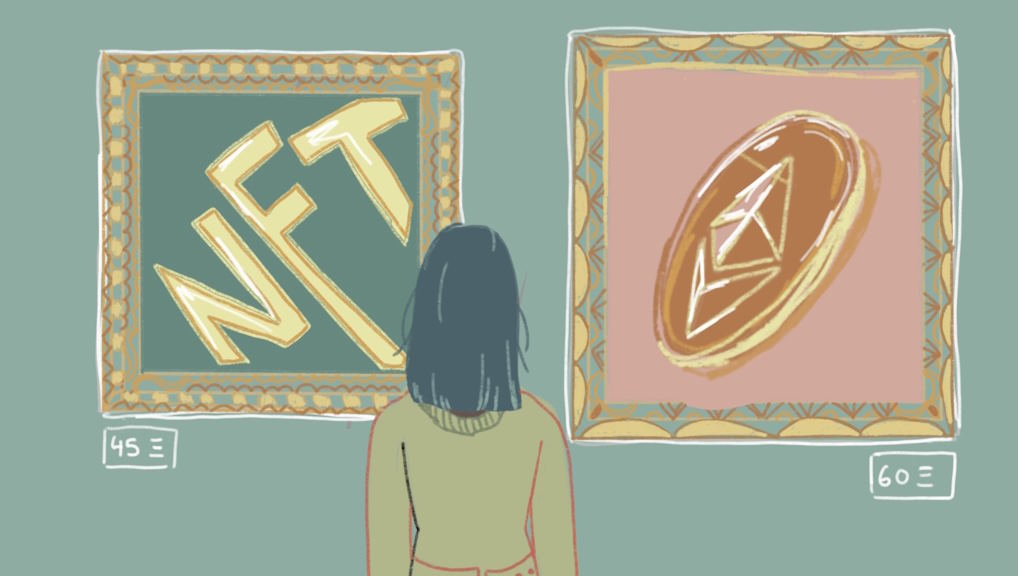May 17, 2023
The Intersection of Art and Cryptocurrency: Exploring Art Auctions with Digital Payments

The intersection of art and cryptocurrency has emerged as a captivating realm within the ever-evolving landscape of the art market. As the popularity of cryptocurrencies continues to soar, traditional art auctions are experiencing a remarkable transformation with the introduction of digital payments.
The Rise of Cryptocurrencies in the Art Market
Cryptocurrencies have emerged as a game-changer in the art market, reshaping the way transactions are conducted and opening up new possibilities for artists and collectors alike. At the heart of this revolution lies blockchain technology, a decentralized digital ledger that powers cryptocurrencies such as Bitcoin and Ethereum. Understanding the impact of cryptocurrencies begins with comprehending the underlying blockchain technology.
One of the key benefits cryptocurrencies bring to the art market is enhanced transparency and provenance tracking. With blockchain, every art piece can be tokenized and assigned a unique digital identifier, known as a non-fungible token (NFT). These NFTs can hold information about the artwork, including its origin, ownership history, and provenance. This provides an unprecedented level of transparency, making it easier to verify the authenticity and ownership of artworks. Collectors can have confidence in the legitimacy of the pieces they acquire, while artists can protect their intellectual property rights.

Cryptocurrency-Based Art Auction Platforms
Cryptocurrency-based art auction platforms have emerged as the pioneers of a revolutionary new way to buy, sell, and collect art. These platforms leverage the power of blockchain technology and cryptocurrencies to create a seamless and transparent experience for artists and collectors.
At their core, cryptocurrency-based art auction platforms provide a digital marketplace where artists can showcase their artwork and collectors can bid on and purchase pieces using cryptocurrencies. These platforms combine the traditional concept of art auctions with the innovative features offered by blockchain technology, resulting in a dynamic and efficient ecosystem.
Several leading platforms have emerged in this space, each bringing its unique features and offerings to the table. Platforms such as SuperRare, Nifty Gateway, and Foundation have gained widespread recognition and popularity. These platforms provide artists with the ability to tokenize their artworks as non-fungible tokens (NFTs) and list them for auction. Collectors can then participate in these auctions, placing bids using cryptocurrencies and securing ownership of the digital or physical artwork.

The Future of Art Auctions with Digital Payments
The future of art auctions is undeniably intertwined with digital payments and cryptocurrencies. As this innovative intersection continues to gain traction, we can predict a continued integration of cryptocurrencies in the art market. The advantages offered by digital payments, such as lower transaction costs, enhanced transparency, and fractional ownership, are too compelling to be ignored. Artists, collectors, and art market participants are increasingly embracing the convenience and efficiency of digital payments, leading to a transformative shift in the way art auctions are conducted.
However, the future is not without its challenges and opportunities. One of the potential challenges lies in addressing the environmental impact of cryptocurrencies, particularly their energy consumption. As cryptocurrencies gain popularity, the demand for mining and transaction processing increases, resulting in a significant carbon footprint. Future innovations and advancements in blockchain technology must focus on developing more energy-efficient solutions to mitigate this environmental concern.
On the other hand, the future of art auctions with digital payments presents exciting opportunities. The utilization of blockchain technology and cryptocurrencies opens up new avenues for artists to monetize their work, including microtransactions, royalties, and smart contracts that enable ongoing revenue streams. Additionally, the global nature of digital payments facilitates cross-border transactions, enabling artists to reach a broader international audience and collectors to diversify their collections with ease.


